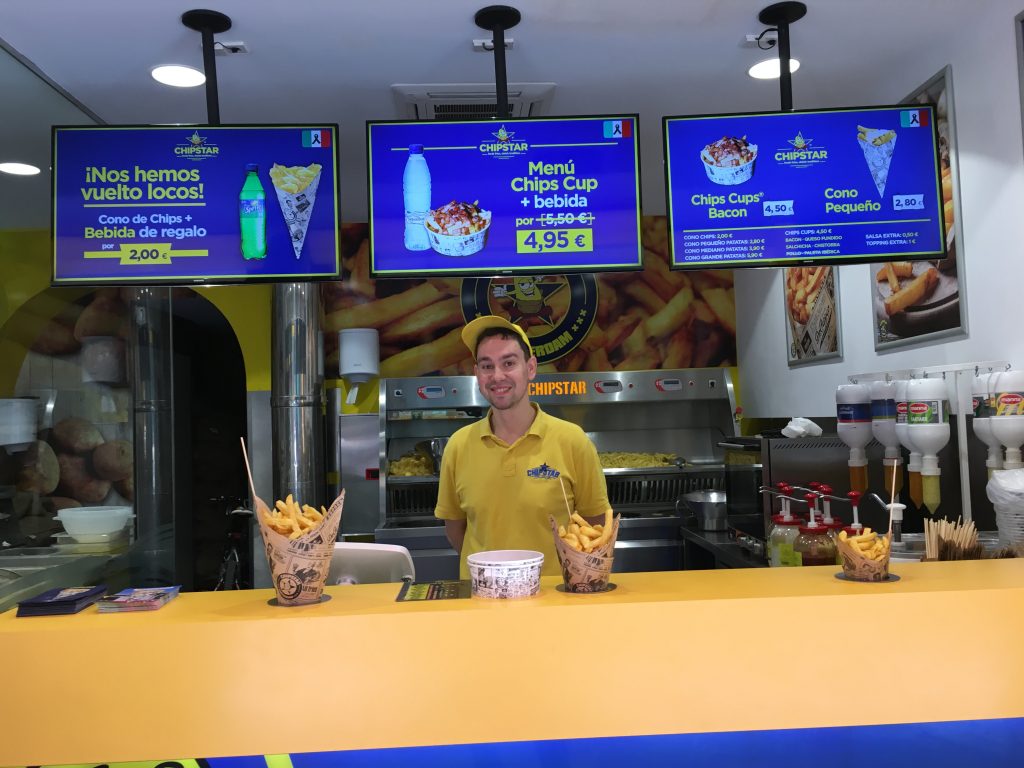Continuity Digital Signage History

A few years ago, in 2015, the potato chip chain Chipstar found itself in a dilemma. Its menu boards in restaurants needed to be constantly updated with daily prices and offers. Each restaurant had 4 screens, and each screen stored its information on a USB drive. Additionally, iPads were used as POS terminals, so it was crucial to find a solution that integrated seamlessly into the Apple ecosystem.
The first option was to use AirPlay to send images to the screens. However, they quickly realized that AirPlay wasn’t designed to operate 24/7 and required an iPad for each screen. It wasn’t a sustainable solution. So, with determination, they decided to create their own digital signage application.
In February 2016, they found a developer willing to join the project. Together, they developed version 1.0 of Continuity Digital Signage. But why did they choose Apple TV as the player? The answer was durability. While other players had a lifespan of 2.5 years, Apple TVs continued to run smoothly since 2015. Even the Apple TVs in the Chipstar store, which originally only displayed photos in the tvOS app, became an integral part of the customer experience.
But Continuity didn’t stop there. In addition to displaying prices and offers, they included a background music feature tailored to the mood. They discovered that when customers feel comfortable in an establishment, they are more willing to consume. So, while the digital menus showcased the delicious chip options, the sound environment also contributed to creating an enjoyable experience.
And so, Continuity Digital Signage became an essential part of Chipstar’s marketing strategy. Since then, they have continued evolving and improving their application, keeping the promise of providing a continuous and engaging experience for their customers.